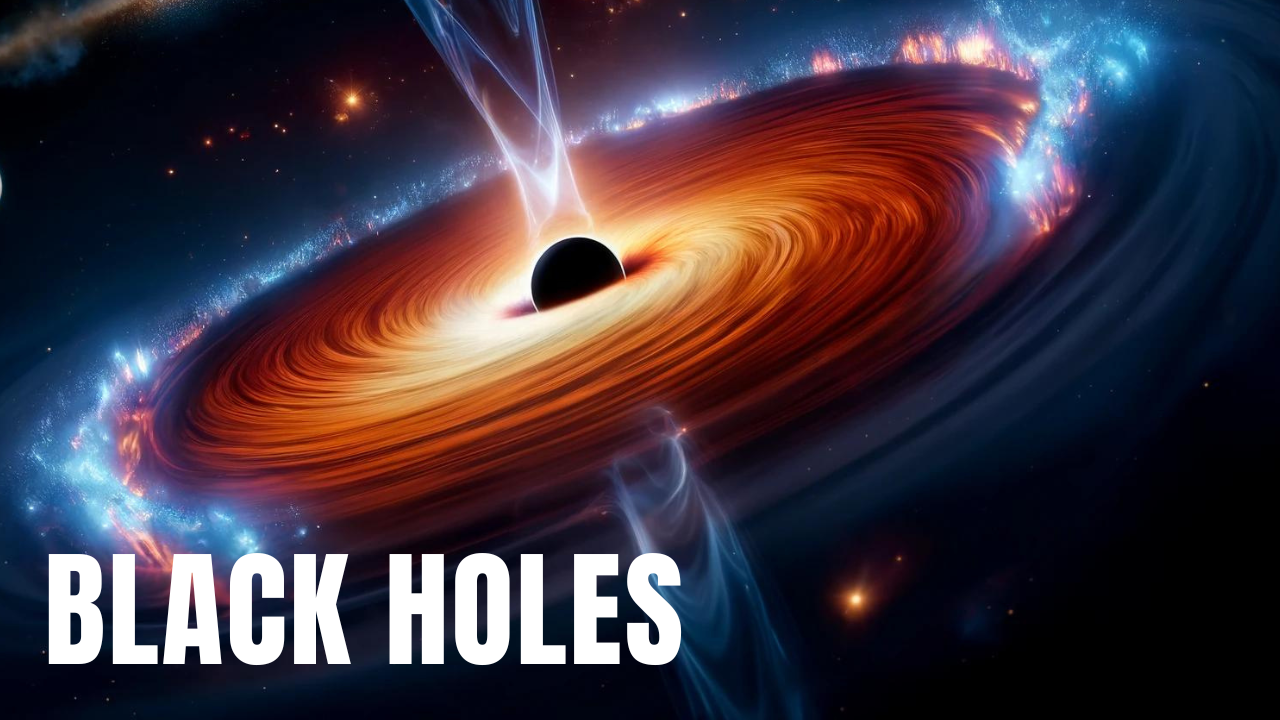Black Holes

When a star exhausts its nuclear fuel, they collapse under their own gravitation pull, creating celestial objects known as black holes, where gravitational forces are so strong, nothing, not even the smallest quantity of energy known as light, can escape its grasp. Black holes form boundaries known as event horizons, while the core or singularity of a black hole consists of an infinite density, which defies the normal laws of physics as we understand them today, leaving astronomers and theoretical physicist in need of a yet harnessed theory that unites two incompatible fundamentals of physics, quantum mechanics and general relativity.
Gravitational Lensing
What we do know is that black holes have a massive influence on their surroundings, altering paths of light from distant objects with an effect known as gravitational lensing. Black holes come in a wide variety of sizes, including stellar black holes, with a mass ranging from several times the mass of our Sun to nearly 20 times the Sun’s mass, while supermassive black holes found at the center of most galaxies can possess staggering Sun-mass multipliers reaching into the millions and even into the billions. While black holes are not directly observable, when a black hole is in a binary system with a companion star, the process releases an X-ray formation known as an accretion disk, which allows astronomers to detect them from earth-bound and space-bound telescopes. After the birth of gravitational-wave astronomy in 2015, scientists at the Laser Interferometer Gravitational-Wave Observatory or LIGO in Washington State and Louisiana, and the Virgo Observatory in Pisa Italy has opened a new era in black hole astronomy, with scientists identifying new black holes at an average pace of once a week.
New Discoveries
Recently, scientists have discovered the largest black hole merger ever detected, which produces a twin black hole phenomenon roughly 150 times the mass of our Sun, detecting for the first time, evidence of long-theorized vibrations produced by the resulting merged black holes as they settled into their spherical shapes. Published in the December 2023 issue of Physical Review Letters, the findings provide a new supportive test for Einstein’s general theory of relativity, leading physicist Steven Giddings of U.C. Santa Barbara to comment, “We are really exploring a new frontier here,” making the study of black holes, a giant leap forward in man’s understanding of the Universe.
